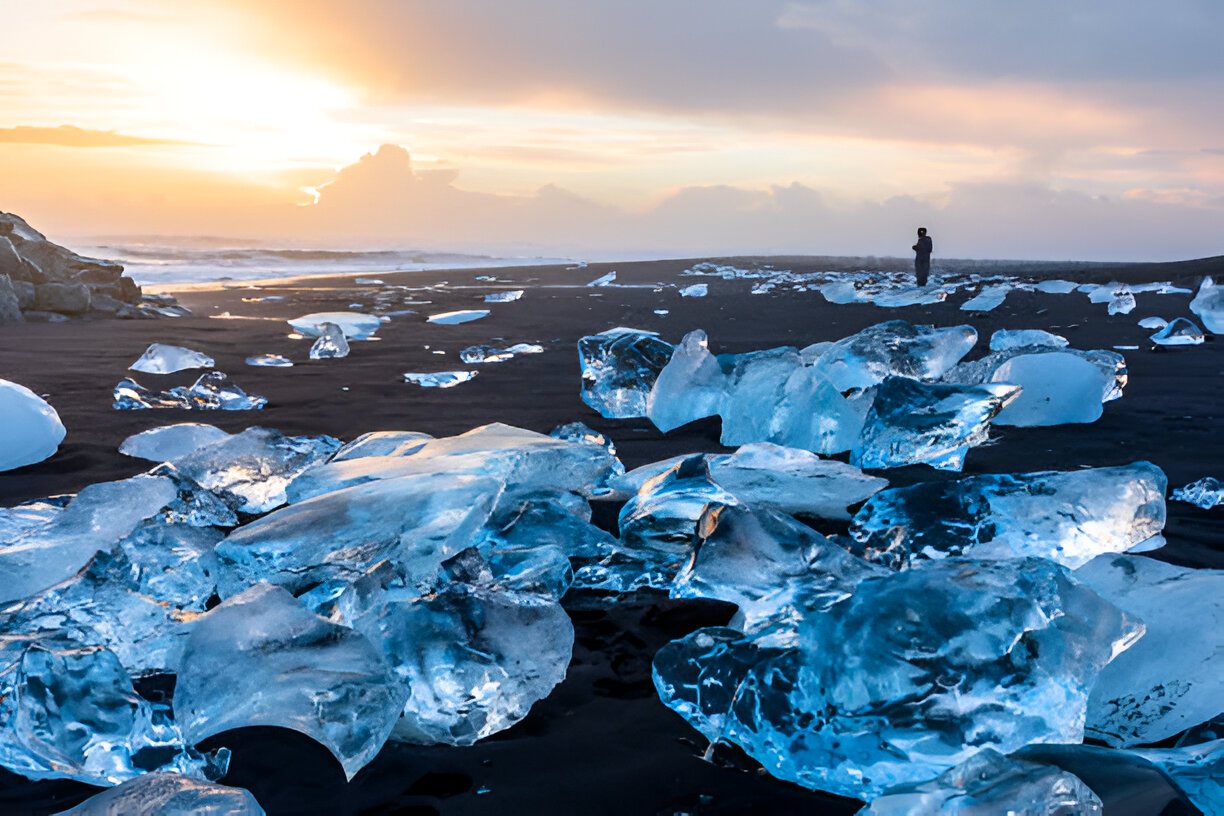Choosing the best time to travel to Iceland depends on what kind of adventure you’re dreaming about. This Nordic wonderland transforms dramatically with each season, offering everything from midnight sun hikes to mesmerizing Northern Lights displays. Here’s a guide to help you pick the perfect time for your journey.
Summer (June – August): Endless Days and Outdoor Adventures
Summer in Iceland brings long daylight hours, with the famous midnight sun casting a golden glow across the landscape. Temperatures are mild—often between 10°C to 15°C—making it the prime season for outdoor activities like hiking, glacier trekking, whale watching, and exploring the Highlands.
It’s also festival season, with events like the Reykjavik Arts Festival and numerous music gatherings. However, summer is the busiest period, so booking accommodations and tours early is essential.
Shoulder Seasons (May, September – Mid-October): Balanced and Beautiful
If you want decent weather, fewer tourists, and lower prices, the shoulder months are ideal. In May, snow has melted in most areas, revealing lush green landscapes and flowing waterfalls. Wildlife, such as puffins, begins to return to the coasts.
From September to mid-October, the days grow shorter, but the Northern Lights start making their appearance. Autumn colors enhance Iceland’s beauty, and you’ll find a more peaceful atmosphere at popular sites like Gullfoss and Þingvellir National Park.
Winter (November – April): Northern Lights and Snowy Magic
Winter is for those who want Iceland at its most dramatic. Snow-covered landscapes, frozen waterfalls, and ice caves create a fairytale setting. This is also the prime season for viewing the Northern Lights, as long, dark nights offer the perfect backdrop.
Activities like snowmobiling, ice caving, and relaxing in geothermal pools are popular. Be aware that weather conditions can be unpredictable, and some rural roads may be closed, so plan accordingly.
Travel Tips by Season
- Summer: Pack layers, sunscreen, and book tours in advance.
- Shoulder Seasons: Be prepared for mixed weather and enjoy lower crowd levels.
- Winter: Dress for subzero temperatures, and consider guided tours for remote destinations.
Conclusion
The best time to travel to Iceland ultimately depends on your priorities. Summer offers endless light and vibrant energy, the shoulder months strike a balance between good weather and serenity, and winter provides a magical, snowy landscape under the dancing aurora. No matter when you go, Iceland’s natural wonders promise an unforgettable adventure.
